Primaries and caucuses couldn't be more different. In primaries, voters simply show up, mark their ballots in private, and leave – easy peasy. Caucuses? They're more like political block parties where folks gather in person, debate candidates, and physically stand in groups to show support. Primaries are run by the government with normal voting hours, while caucuses are party-organized events with specific meeting times. There's way more to this story than meets the eye.

While both methods aim to select presidential nominees, caucuses and primary elections couldn't be more different in their execution. Think of primaries as your typical election day – you show up, vote in private, and leave. Simple.
Caucuses and primaries may share the same goal, but their approaches couldn't be more different – one quick and private, one long and public.
Caucuses? They're more like political block parties where everyone knows your business. These party-run meetings require voters to physically stand around in groups, debate with their neighbors, and publicly declare their candidate choice. No hiding behind a voting booth curtain here.
The government's fingerprints are all over primaries. They run them, fund them, and make the rules. That's why primaries tend to be more organized and accessible to voters. State and local officials administer every aspect of primary elections. You can pop in anytime during voting hours, do your civic duty, and get on with your day.
Caucuses, on the other hand, are the political parties' show. They set their own rules, foot the bill, and often schedule these marathon meetings at specific times – tough luck if you work nights or can't find a babysitter. Unlike the Electoral College system used in presidential elections, caucuses represent a more direct form of voter participation at the local level.
States have gotten creative with their primary systems. Some run wide-open primaries where anyone can vote in any party's contest. Others are strict – registered party members only, please.
Then there are the states that somehow manage to make it even more complicated with hybrid systems and ranked-choice voting. Because apparently, regular voting isn't confusing enough.
The tide has been turning away from caucuses since the 1970s, and it's not hard to see why. Primaries are just more democratic – more people can participate, and there's less pressure to publicly defend your political choices. This shift gained momentum after the McGovern-Fraser Commission established new delegate selection rules to better reflect popular opinion.
Still, a few stubborn states like Iowa cling to their caucus tradition, insisting these community gatherings foster meaningful political discussion. And maybe they do.
But let's be honest – in today's world, most voters would rather quickly mark a ballot than spend hours debating politics with their neighbors. It's just the way things are going, whether the caucus devotees like it or not.
Frequently Asked Questions
What Happens if There's a Tie in a Caucus Vote?
Tie-breaking in caucuses isn't standardized – it's a real mixed bag.
Some places flip coins (yes, seriously), while others go for multiple rounds of voting until someone wins. It depends entirely on the party's rules.
Utah Republicans? They're coin toss people.
Democrats might hold second rounds.
The whole process can get pretty messy, but somehow they figure it out.
No universal method exists.
Can Independent Voters Participate in Both Caucuses and Primaries?
Independent voters face a mixed bag when it comes to participation rights.
In primaries, it depends on state rules – open primaries welcome them, closed ones shut them out completely.
For caucuses, it's up to each political party's whims. Some allow independents to join in, others don't.
Pretty frustrating for the 27+ million independent voters who just want their voices heard.
Rules vary wildly state by state.
How Long Does the Average Caucus Meeting Typically Last?
Caucus meetings typically run between 1-2 hours, though some can drag on longer.
The duration varies based on crowd size, party business, and how heated discussions get. Technical glitches or reporting issues? Add another hour.
Large turnouts can stretch things out too. In Iowa's 2020 caucuses, some locations kept people there for three hours. Not exactly a quick in-and-out voting experience.
Do Absentee Voters Get to Participate in Caucuses?
Generally, absentee voters cannot participate in caucuses. The system requires physical presence at specific locations and times – tough luck for those who can't make it.
Military personnel, disabled voters, and others who typically vote absentee are often left out entirely. While some local parties have tried creating their own absentee processes, these are rare exceptions.
It's a major criticism of the caucus system – basically excluding entire groups of voters.
Which States Have Switched From Caucuses to Primaries in Recent Years?
Several states have ditched their old caucus systems recently.
Colorado, Idaho, Maine, Minnesota, and Utah all made the switch to primaries for 2020.
Pretty smart move – voter turnout skyrocketed. Some states saw four times as many people showing up to vote.
Meanwhile, Missouri's doing its own thing, switching back to caucuses for 2024.
Talk about swimming against the current.
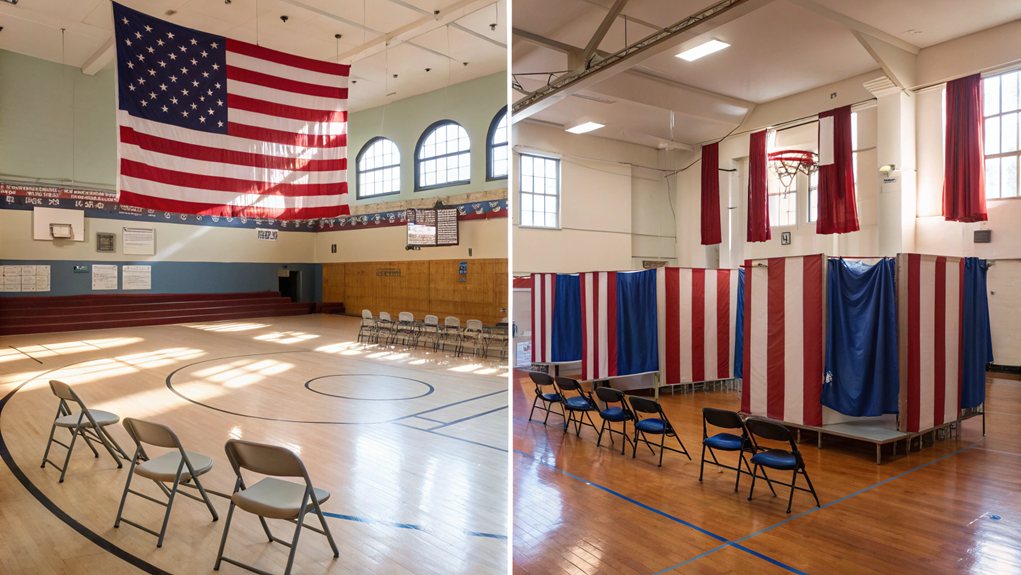
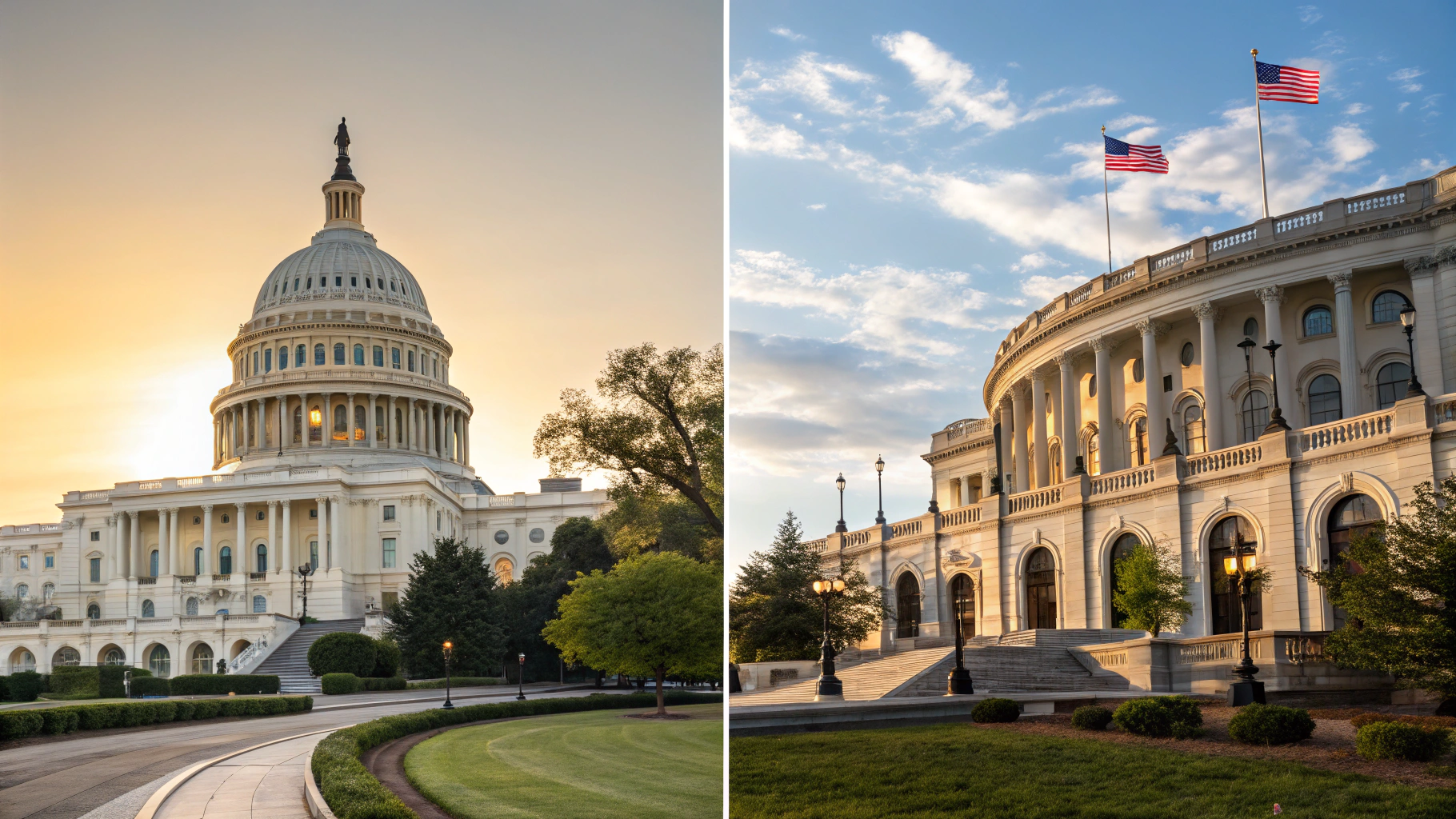
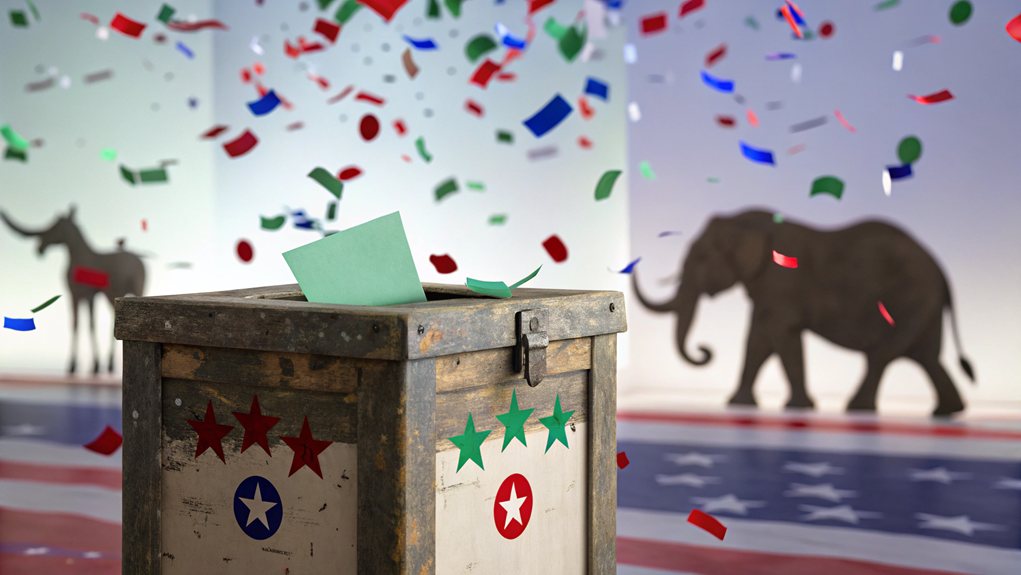

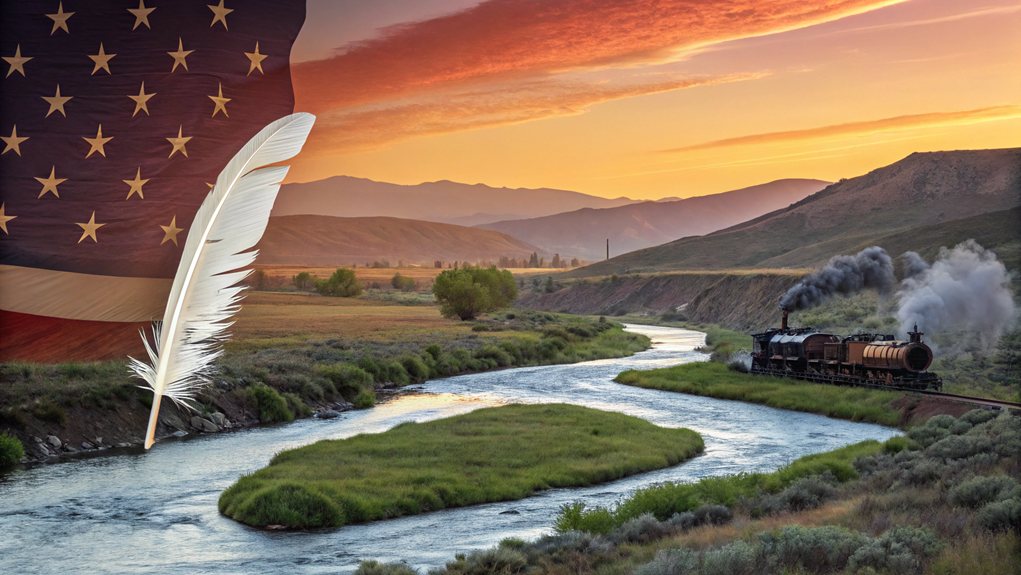
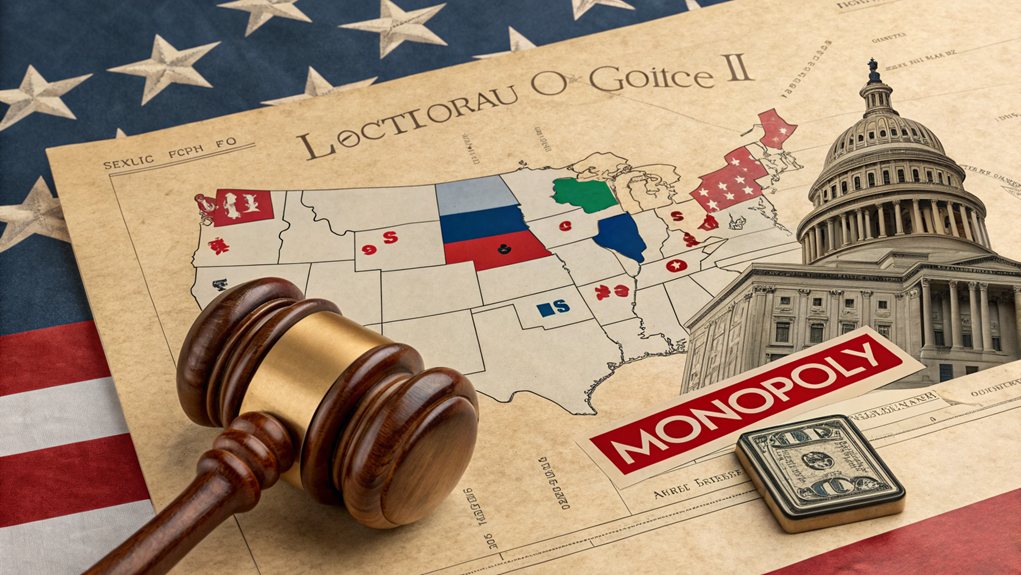

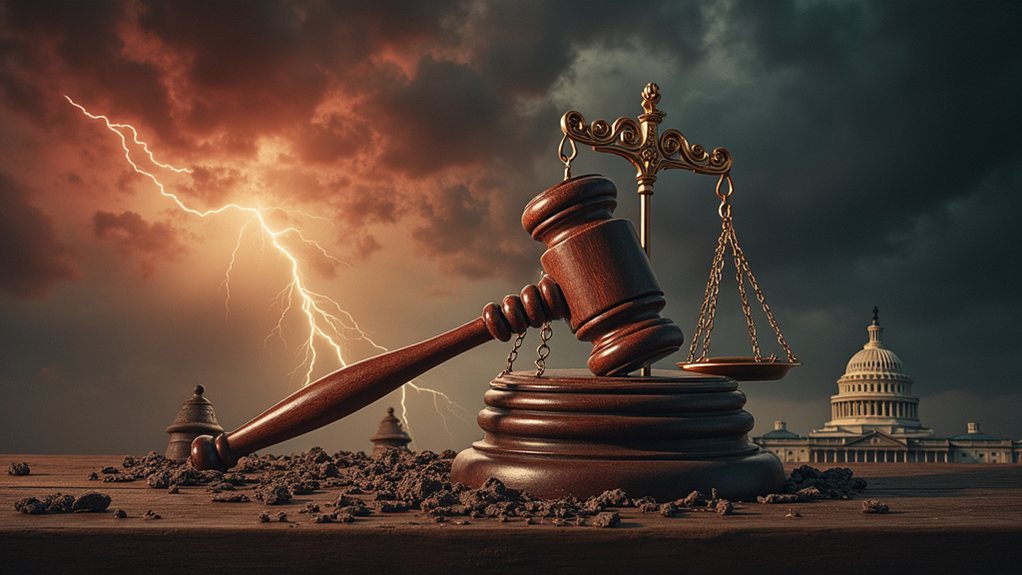
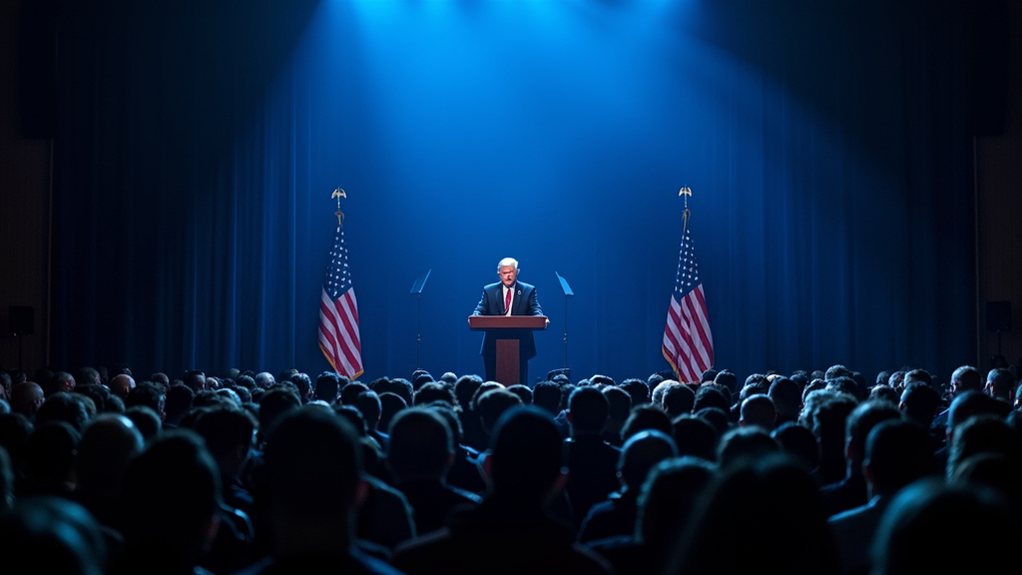
1 comment
Comments are closed.